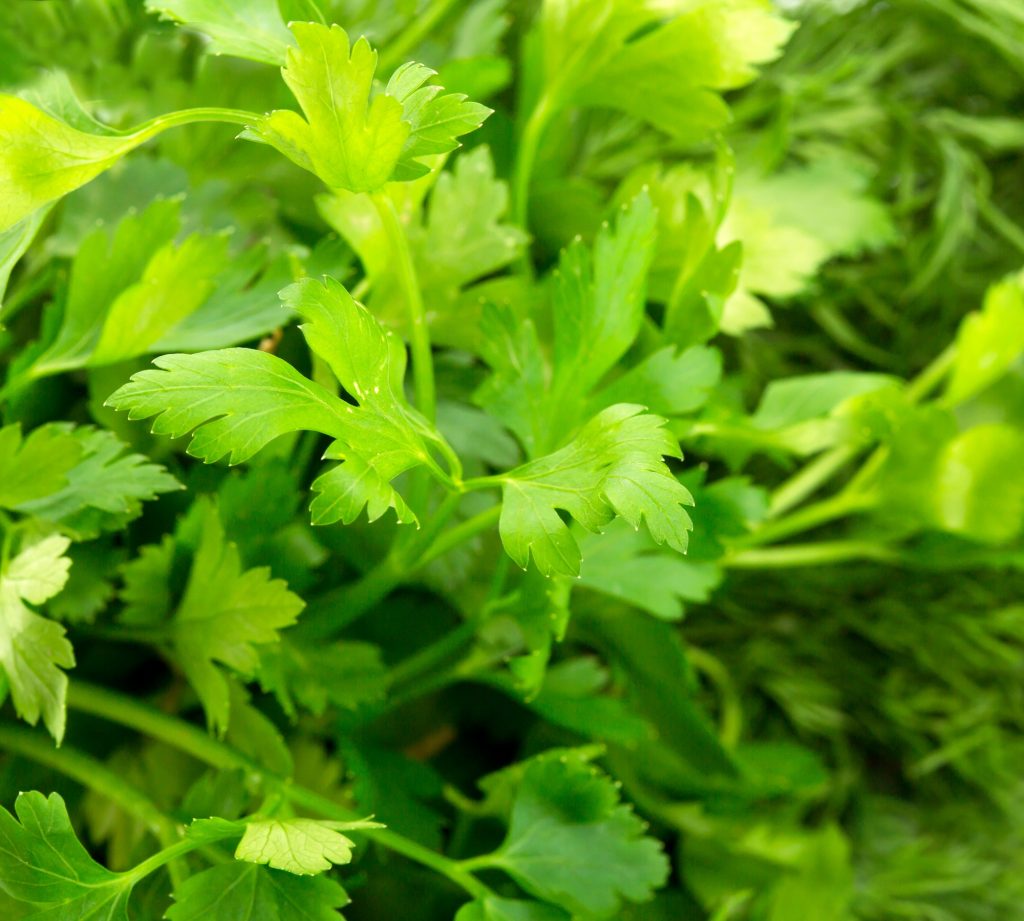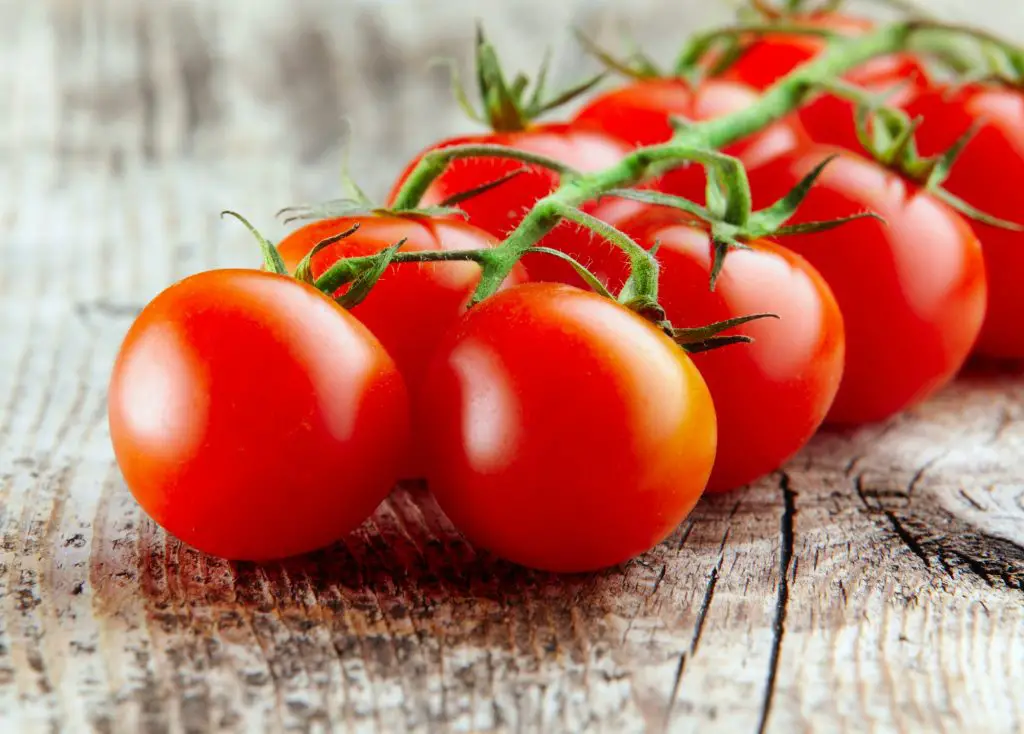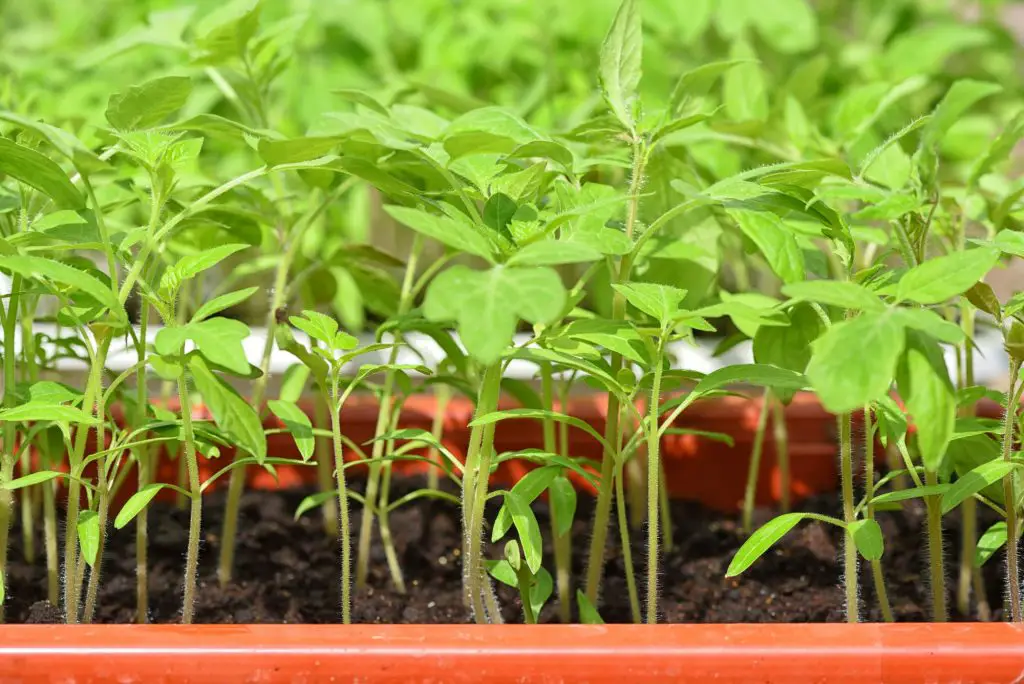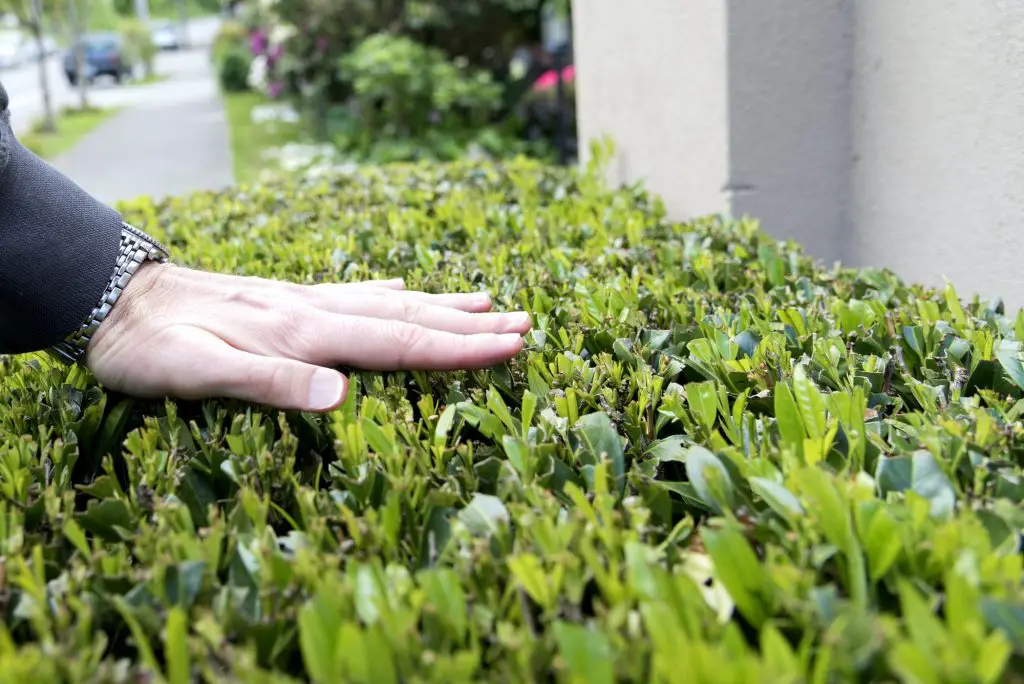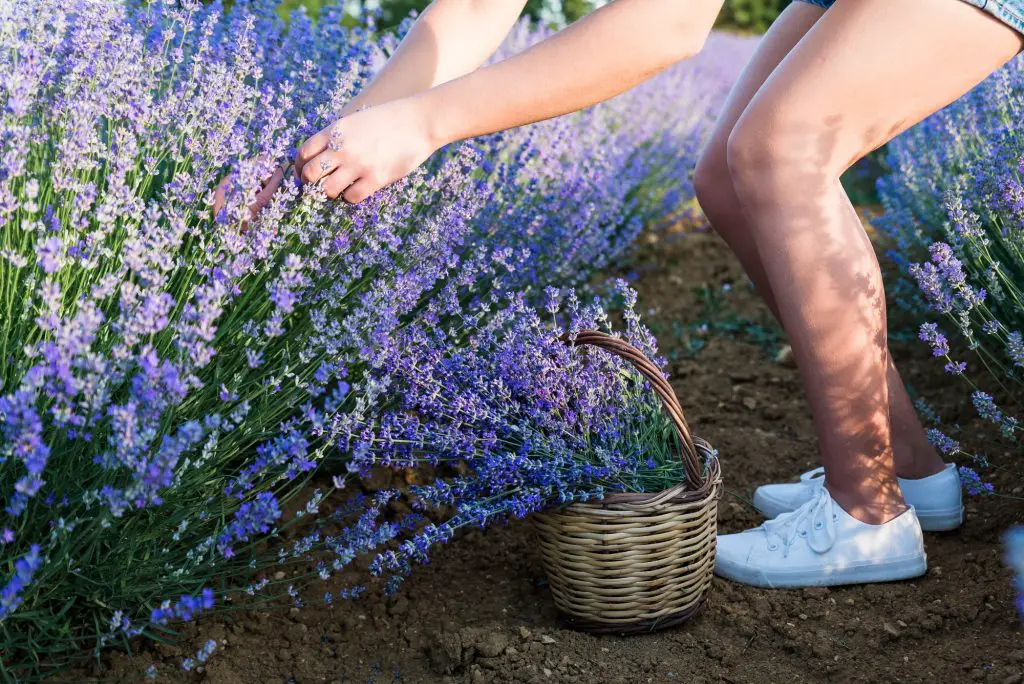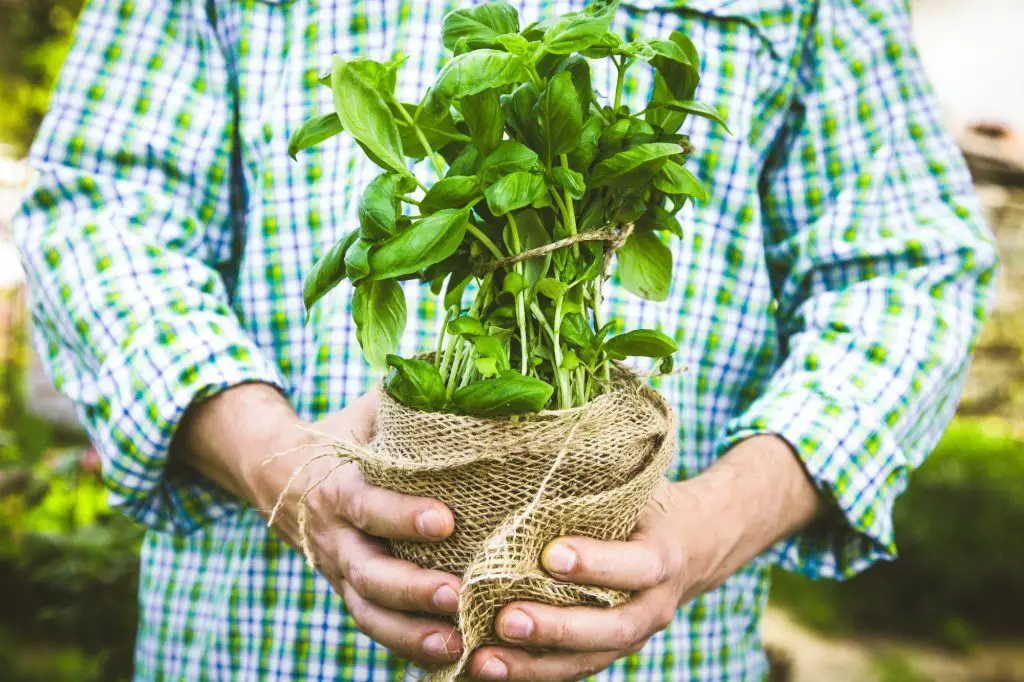The parsley plant is a garden species that can be started indoors or out. It is a biennial plant with bright green, feather-like leaves and it is on the same family with dill.
Just like every other plant, companion planting can help the parsley plant thrive and do better beside a specific crop. Companion planting is a time-tested gardening method that farmers employ to protect vulnerable crops.
There are lots of benefits to companion planting. It will either help a specific crop grow better beside another crop and also do many support jobs in the garden.
When choosing a companion plant for parsley, it is important to know when the potential plant is allowed to flower. Parsley flowers tend to attract the braconid wasp which preys on pests such as cabbage worms, codling moth, armyworms, and gypsy moth.
Table of Contents
10 Best Plants to Grow With Parsley
It’s a well-known rule that plants grow better when planted next to each other and parsley is no exception. Parsley is a great companion crop and it, in turn, encourages the growth of the plant around it. Here are 10 plants that mutually benefit from parsley.
1. Corn
Corn is surprisingly a great companion to parsley. Corn is vulnerable to pests like cutworms, earworms, and armyworms hence planting them near parsley might be extremely beneficial. Flowering parsley attracts parasitic wasps and tachinid flies which and feed on the worms corn is vulnerable to.
2. Asparagus
Asparagus plants are said to be beneficial to parsley. When planted together, parsley and asparagus encourage each other’s growth and parsley helps repel asparagus beetles. Parsleys are attractive and beneficial plants to plant with asparagus. Asparagus plants do not produce for most of the year hence you have parsley planted in between rows to make use of the space.
3. Tomatoes
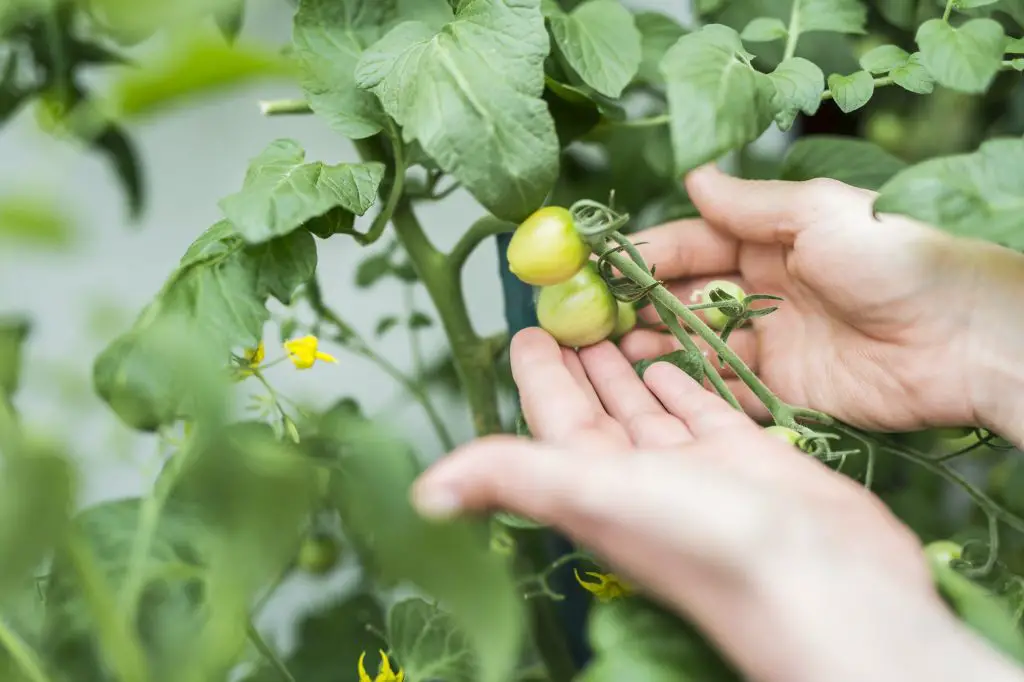
Parsley can be used as a trap crop to lure aphids away from your tomatoes and it also attracts hoverflies that prey on aphids that can attract tomato plants. Not all varieties of tomatoes do well with parsley, so you need to research your varieties very well before planting.
4. Beans
Beans and parsley are other great companion plants that benefit each other. Like crop and other companion plants, bush beans and pole beans are vulnerable to cutworms. However, the tachinid fly which is drawn to parsley is a natural predator to these pests.
5. Pears
Pears do not have the same growing requirement as parsley which makes them ideal as a companion plant. The pear fruits are vulnerable to top codling moths and gypsy moths which feed on the pear tree but planting parsley nearby can help get rid of that. These pests are prey to the braconid wasps which are attracted to the parsley flower.
6. Roses
Just like every other plant, roses are vulnerable to sawflies and when planted near, parsley, it can help repel rose beetles and attracts hoverflies, which prey on aphids that can overtake roses.
7. Peppers
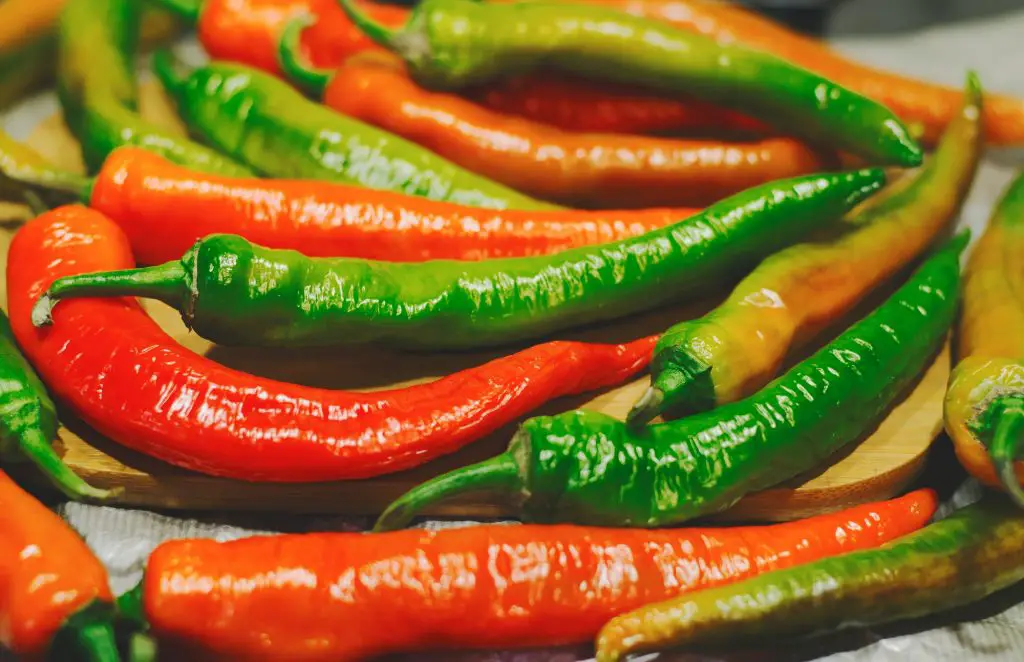
Peppers are great space savers but they are vulnerable to aphids, corn earworms, and beetles which can all be deterred by flowering parsley.
8. Apples
Apples are vulnerable to the same pests such as pears. Codling moths are a serious problem for the leaves of apples but planting parsley around them can help deter this pest.
9. Brassicas
Brassica vegetables are prone to cabbage worms and cutworms which are pests that can do lots of damages to plants like cabbage, broccoli, kale, and cauliflower. Parsley flowers attract beneficial insects that prey on these pests.
10. Chives
When growing chives, plant some parsley around for a healthy crop. Chives are believed to be of great benefit to parsley. However, avoid planting mint or lettuce with these two together.
Plants You Should Not Plant With Parsley
Parsley is a popular plant among gardeners and it is a great companion crop that encourages the growth of many plants. However here are few plants you should keep away from parsley.
1. Lettuce
Lettuce and parsley are not good neighbors and when planted close to each other, parsley can cause lettuce to bolt too early in the growing season. Companion planting with parsley is easy but parsley flowers attract hoverflies and can’t be repelled by lettuce.
2. Carrots
Carrots and parsley are in the same family and require similar growing requirements which can cause the fight for nutrients. Both plants attract carrot root flies and can also cross-pollinate which can be an issue for seed saving.
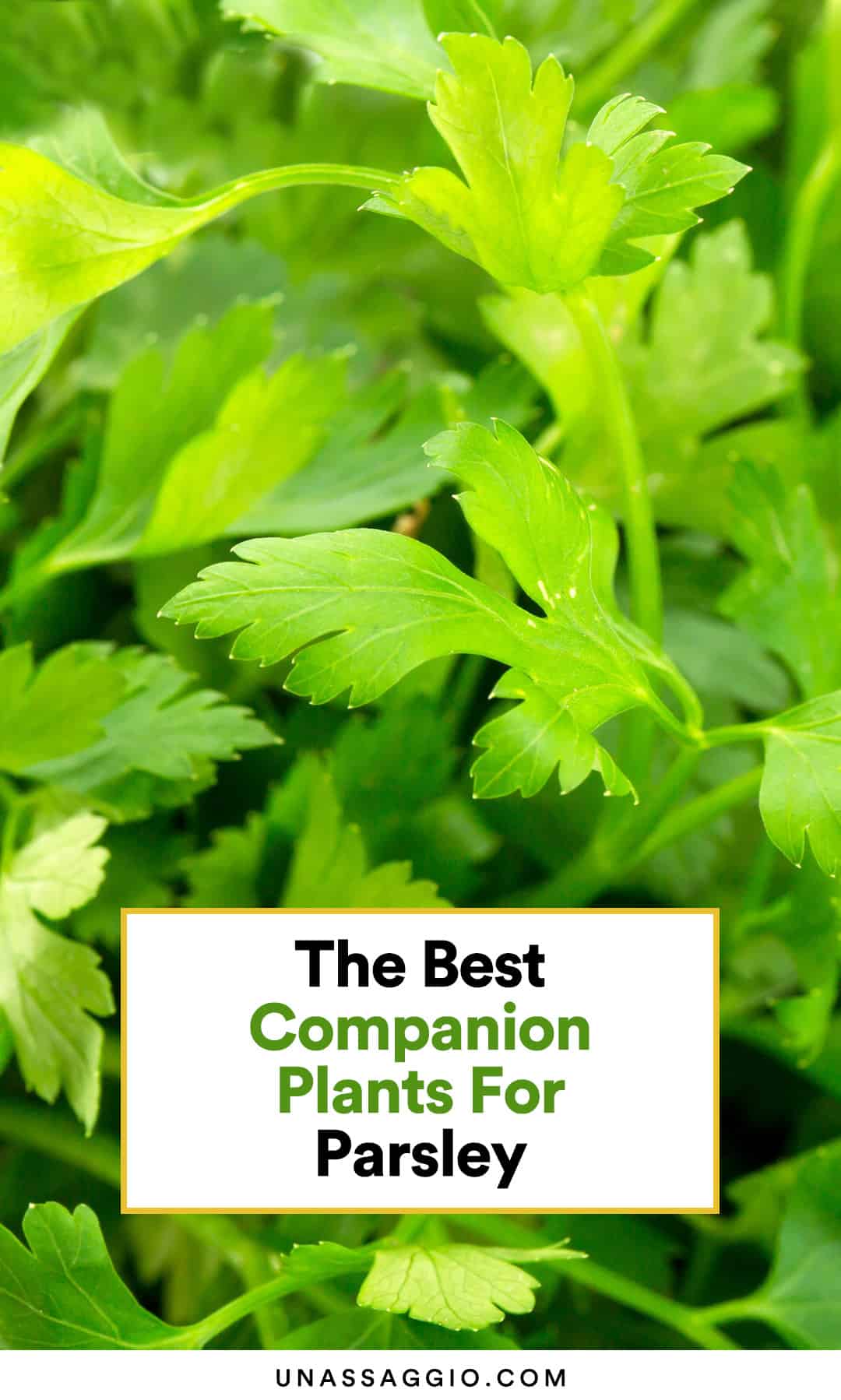
3. Mint
Mint has spreading roots and this can easily overtake parsley hence it should not be planted close to it. Mint should be planted in an isolated area far away from aromatic herbs.
4. Alliums
Garlic, onions, and shallots can easily stunt the growth of parsley hence you should keep them far away from it.
Parsely Companion Plants FAQ
Where does parsley grow in the garden?
Parsley is best grown in loamy soil with moderate soil fertility and most importantly good drainage. It does best in a cool and sunny area but it will also tolerate some light shade.
Is Parsley easy to grow?
Parsley requires very little maintenance and it demands little more than lots of light and ample water. Although Parsley is regarded as an easy crop to grow, germination can be a slower process compared to other herbs.
How much sun does parsley need?
Parsley prefers a sunny area where they can receive six to eight hours of direct sunlight every day. It does well in full-sun and part-sun environments.
How often does parsley need to be watered?
Parsley needs to be watered about 2-3 times per week and if it’s not getting enough water, it will let you know by wilting.
Final Thoughts
A good companion planting can help improve soil nutrients and in the process grow healthy crops. Many companion plants such as summer savory, chamomile, and marjoram can release specific chemicals into the soil that can encourage better taste in plants around them. Parsley flowers attract the braconid wasps and the tachinid fly which preys on cabbage loopers saw worms and cutworms.

